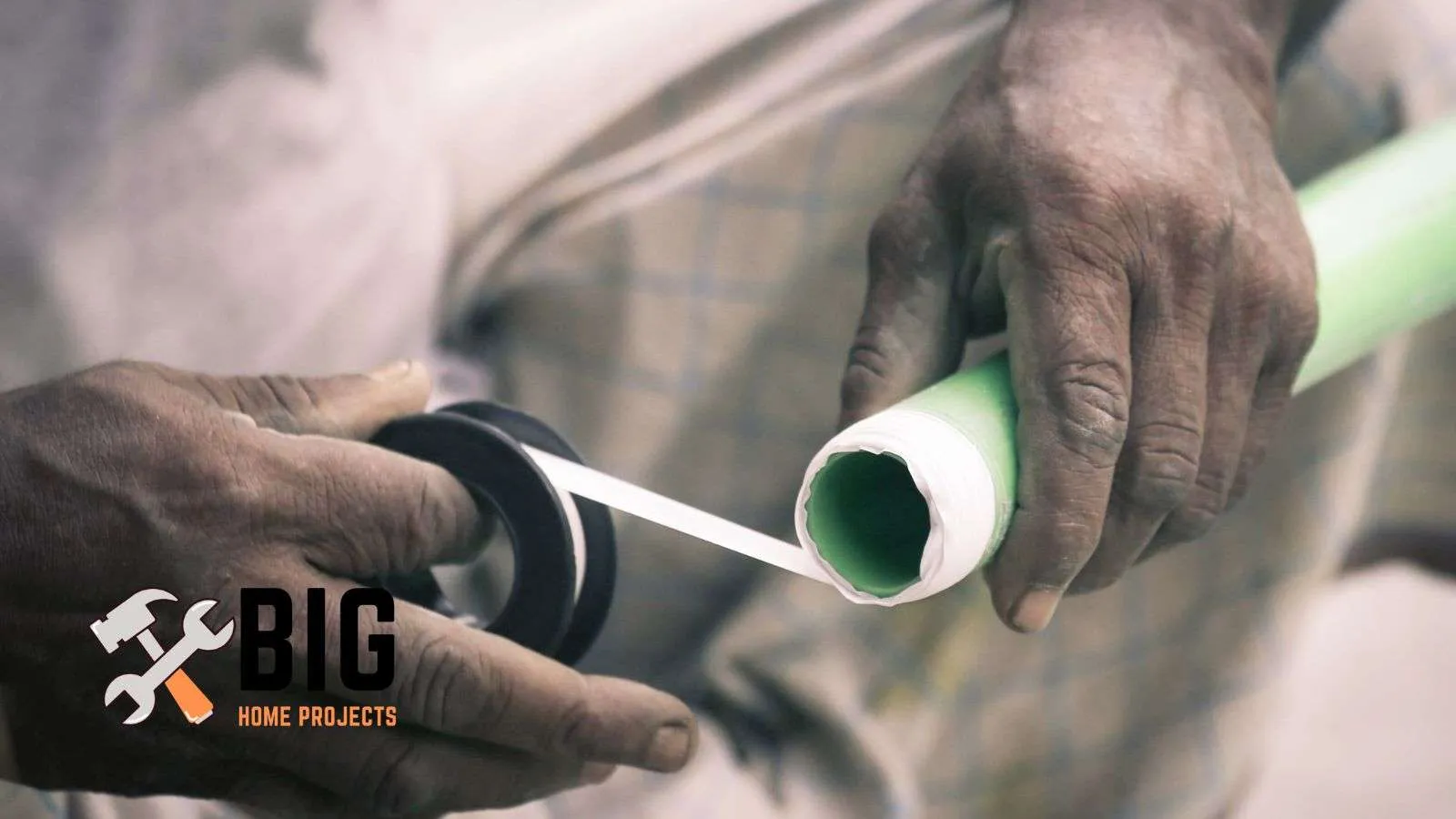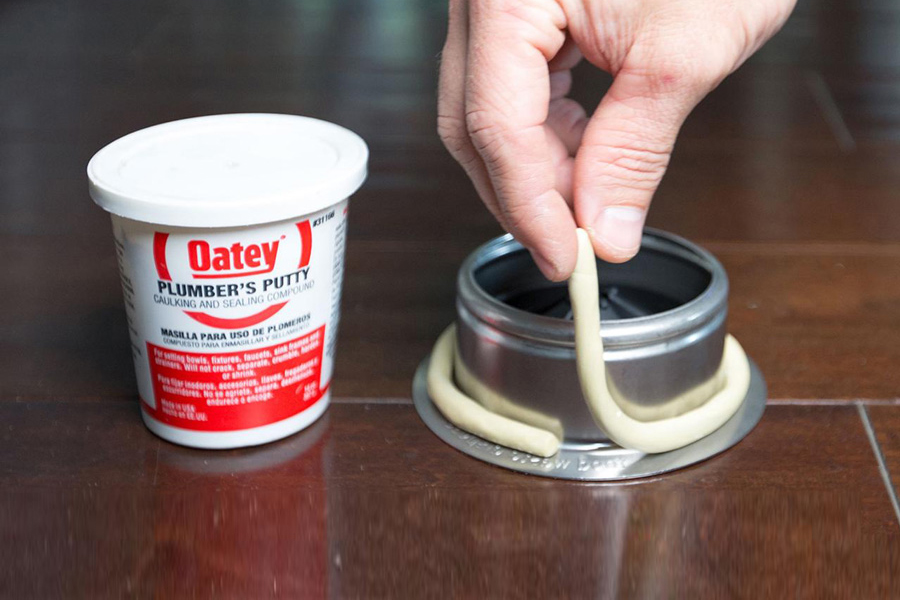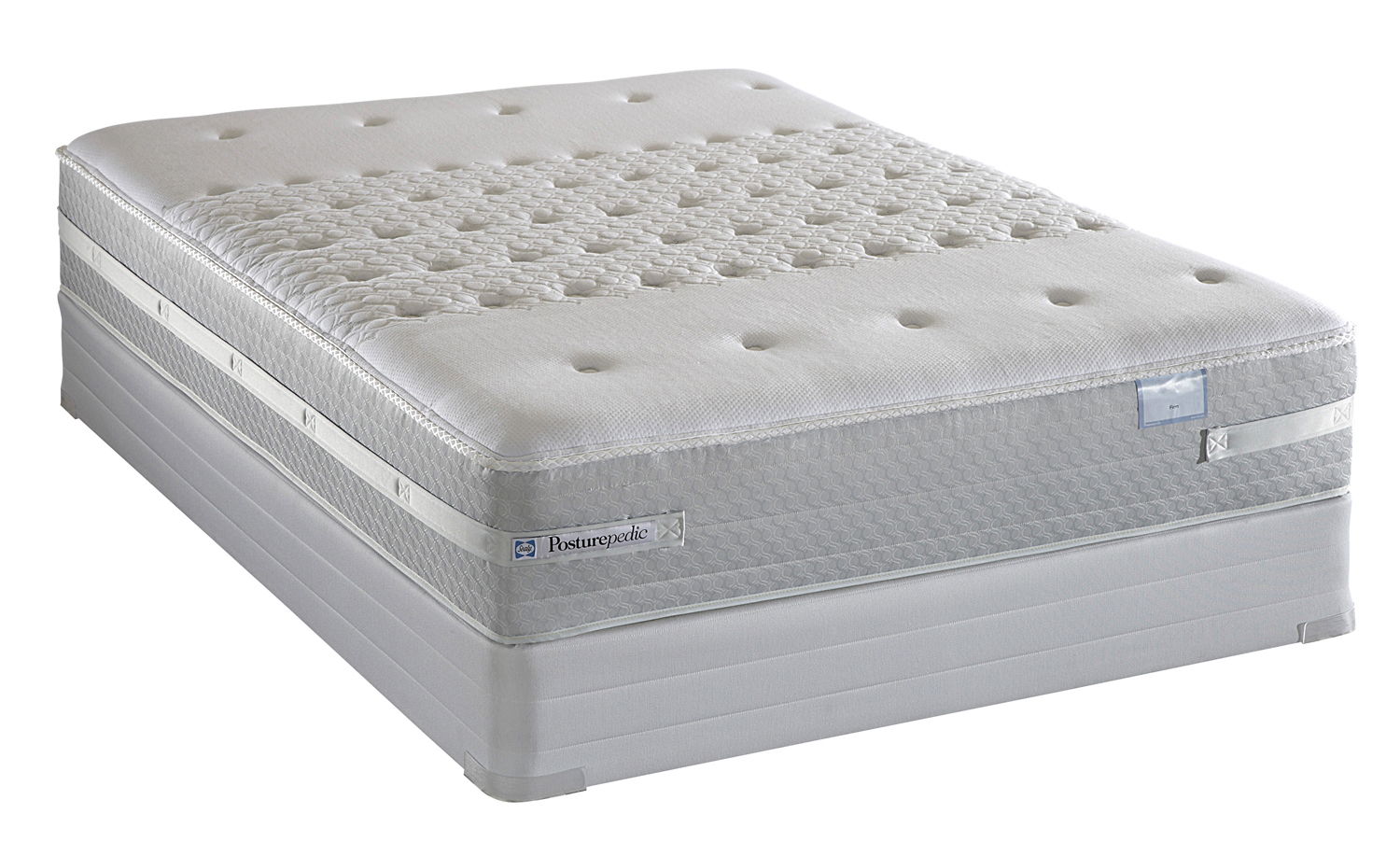How to Fix a Dripping Kitchen Sink
If you've noticed a constant drip coming from your kitchen sink, it's important to address the issue as soon as possible. Not only is a dripping sink annoying and wasteful, but it can also lead to bigger problems if left unchecked. Luckily, fixing a dripping sink is a common household repair that can be easily done with a few tools and some basic knowledge.
Common Causes of a Leaking Kitchen Sink
Before you can fix a dripping kitchen sink, it's important to understand what may be causing the leak in the first place. Some common causes of a leaking sink include a faulty faucet, worn out O-ring, or a faulty cartridge. It's also possible that the water pressure is too high, causing excess wear and tear on the faucet and leading to leaks.
DIY Solutions for a Leaky Kitchen Sink
For minor leaks, you may be able to fix the problem yourself with a few simple tools. The first step is to turn off the water supply to the sink. Then, disassemble the faucet and inspect the parts for any damage or wear. You may need to replace the O-ring or cartridge, which can be easily found at your local hardware store.
Professional Plumbing Services for a Dripping Kitchen Sink
If the leak is more complex or you're not comfortable fixing it yourself, it's best to leave it to the professionals. A licensed plumber will have the knowledge and experience to properly diagnose and fix the issue, saving you time and potential frustration.
Replacing a Faulty Faucet to Stop a Dripping Kitchen Sink
If the leak is coming from the faucet itself, it may be time for a replacement. This is a relatively simple task that can be done with a few basic tools. Make sure to turn off the water supply before beginning and follow the manufacturer's instructions for installation.
Adjusting the Water Pressure to Fix a Dripping Kitchen Sink
As mentioned before, high water pressure can be a common culprit for a dripping sink. To fix this issue, you can adjust the water pressure at the main water supply valve. If you're not comfortable doing this yourself, a plumber can also help with this task.
Replacing a Worn Out O-Ring to Stop a Dripping Kitchen Sink
The O-ring is a small but important part of your faucet that helps create a tight seal. Over time, it can become worn out and cause leaks. Luckily, O-rings are easily replaceable and can be found at most hardware stores.
Using Plumbers Tape to Fix a Dripping Kitchen Sink
Plumbers tape, also known as Teflon tape, is a handy tool to have on hand for many plumbing issues. If the leak is coming from the pipe connections under the sink, applying plumbers tape to the threads can help create a tight seal and stop the leak.
Replacing a Faulty Cartridge to Stop a Dripping Kitchen Sink
In some cases, the cartridge in your faucet may be the cause of the leak. This is a more complex fix that may require specific tools and knowledge. If you're not comfortable doing this yourself, it's best to call a professional plumber.
Common Mistakes to Avoid When Fixing a Dripping Kitchen Sink
While fixing a dripping kitchen sink may seem like a simple task, there are a few common mistakes that can be made. These include using the wrong tools or parts, not properly tightening connections, and not turning off the water supply before beginning. To ensure a successful fix, make sure to follow instructions carefully and double check your work before turning the water supply back on.
In conclusion, a dripping kitchen sink may seem like a small annoyance, but it's important to address it promptly to avoid bigger problems down the road. With the right tools and knowledge, you can easily fix the issue yourself or seek professional help if needed. Don't let a dripping sink go unresolved – take action and enjoy a leak-free kitchen once again.
The Never-Ending Drip: How to Fix a Leaky Kitchen Sink

A kitchen sink that won't stop dripping can be a frustrating and costly problem. Not only does it waste water, but it can also lead to higher water bills and potential damage to your sink and cabinets. If you're dealing with a leaky kitchen sink, don't panic. With a little bit of knowledge and the right tools, you can easily fix the problem and prevent it from happening again in the future.
Identify the Source of the Leak
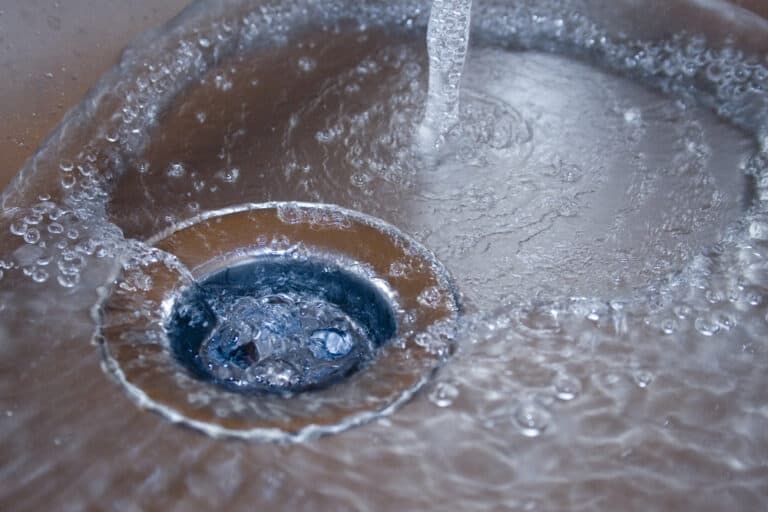
The first step in fixing a leaky kitchen sink is to identify where the leak is coming from. While it may seem obvious that the leak is coming from the faucet, it's important to determine if it's the hot water or cold water that is leaking. This will help you determine which valve to turn off when you're ready to make the repair.
Next, check the sink's water supply lines and connections to make sure they are not loose or damaged. If the leak is coming from the faucet itself, it may be due to a worn-out O-ring or cartridge that needs to be replaced.
Gather Your Tools and Supplies
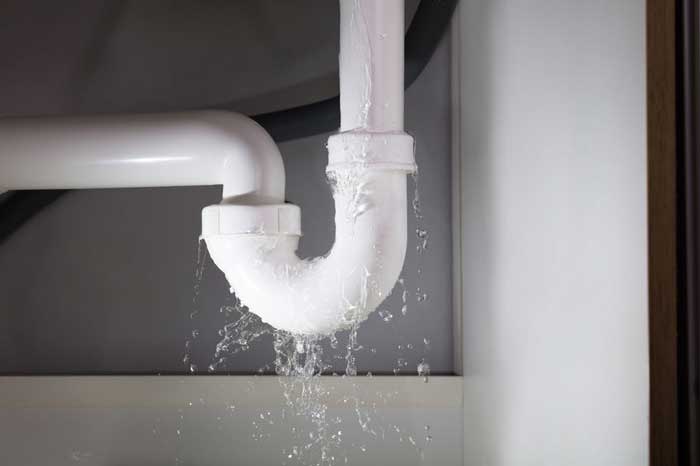
Before you start the repair, make sure you have all the necessary tools and supplies. This may include an adjustable wrench, screwdriver, replacement O-ring or cartridge, plumber's tape, and a cloth or towel to catch any water that may drip during the repair process.
It's also important to turn off the water supply to the sink before beginning any repairs. This can usually be done by turning off the valves under the sink or at the main water supply line.
Fixing the Leak

If the leak is coming from the faucet, start by removing the handle and then the cartridge or O-ring. Clean any sediment or buildup from the faucet before replacing the old part with the new one. Use plumber's tape to ensure a tight seal and reassemble the faucet. Turn the water supply back on and test the faucet to make sure the leak has been fixed.
If the leak is coming from the water supply lines or connections, tighten any loose connections and replace any damaged parts. Once everything is secure, turn the water supply back on and check for any remaining leaks.
Preventing Future Leaks
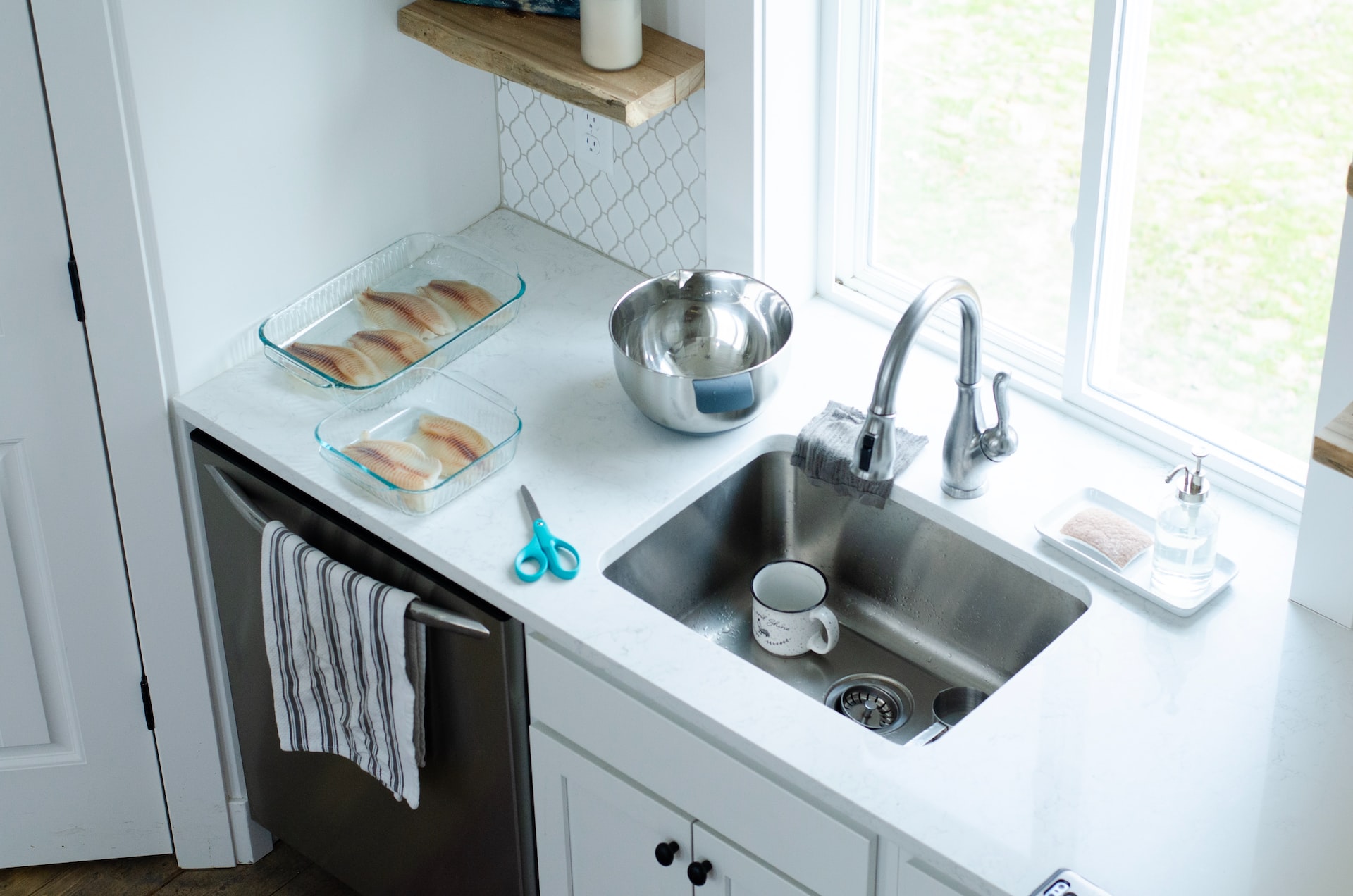
To prevent future leaks, it's important to regularly maintain your kitchen sink. This includes checking for any loose or damaged parts and cleaning out any buildup or sediment that may cause issues in the future. It's also a good idea to turn off the water supply to the sink before leaving for an extended period of time, such as a vacation.
In addition, be mindful of what you put down your sink. Avoid pouring grease or oil down the drain, as they can clog pipes and lead to leaks. Also, be careful not to use too much force when turning off the faucet, as this can wear out the O-rings and cause leaks.
By following these tips and regularly maintaining your kitchen sink, you can prevent the never-ending drip and keep your sink functioning properly for years to come.


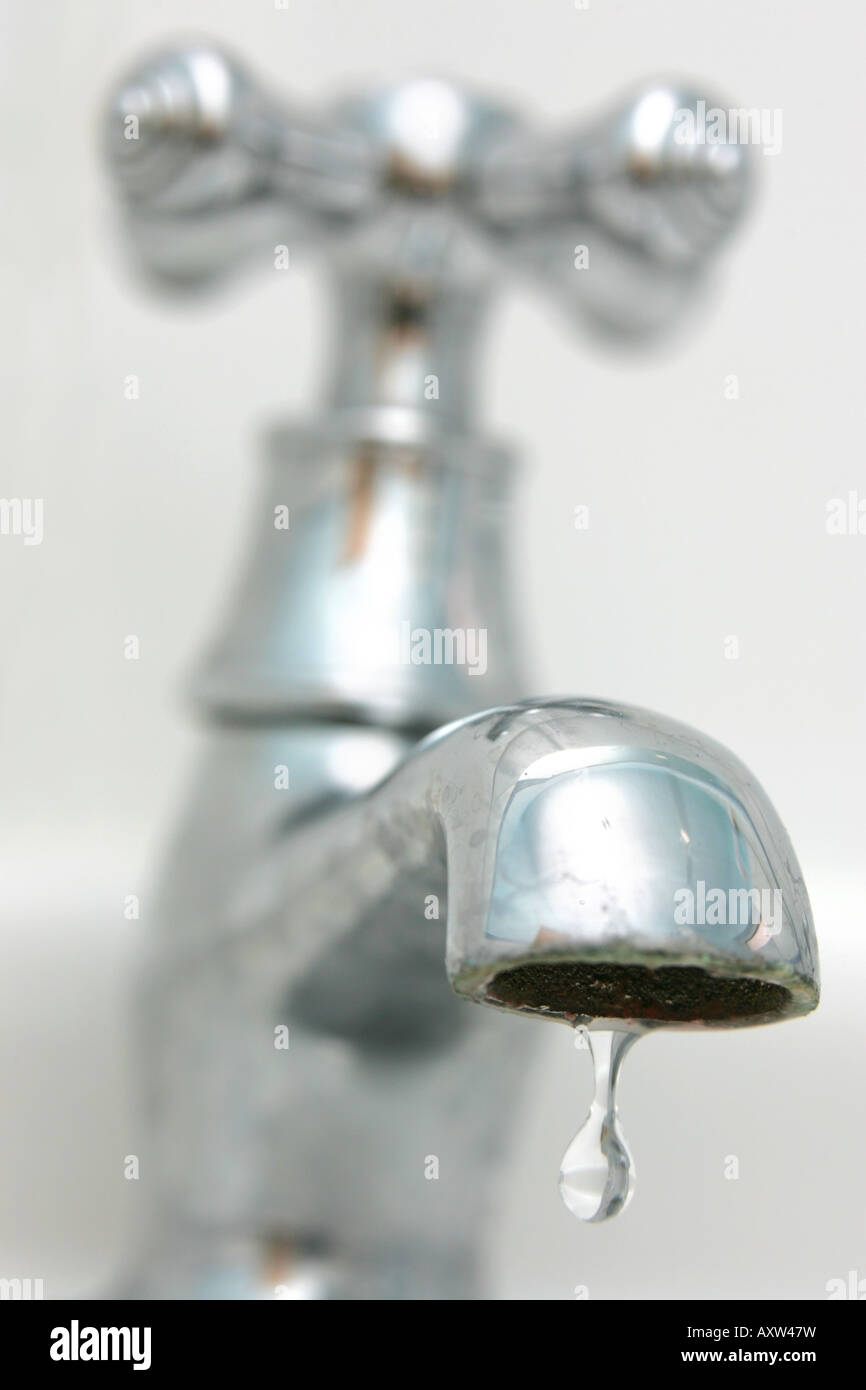
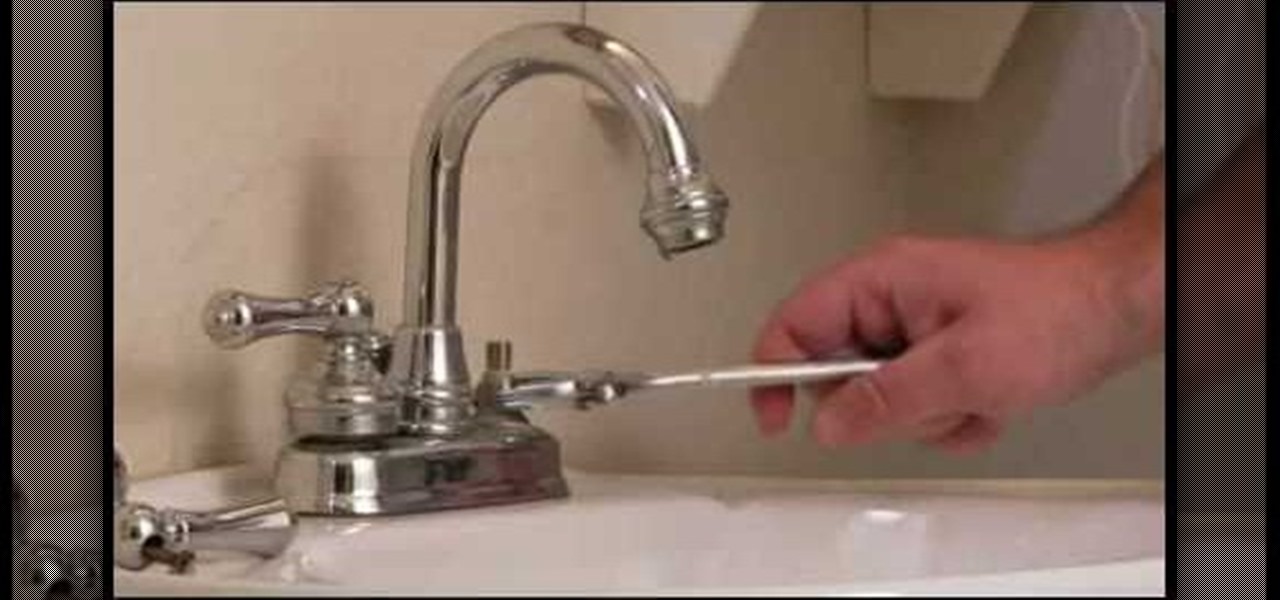








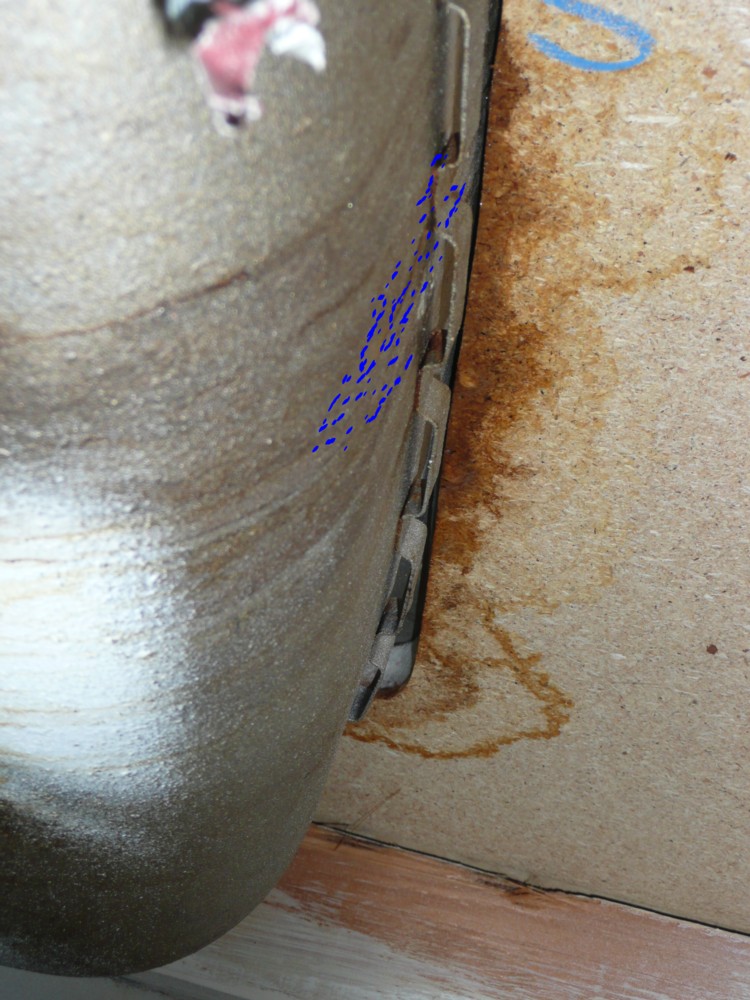



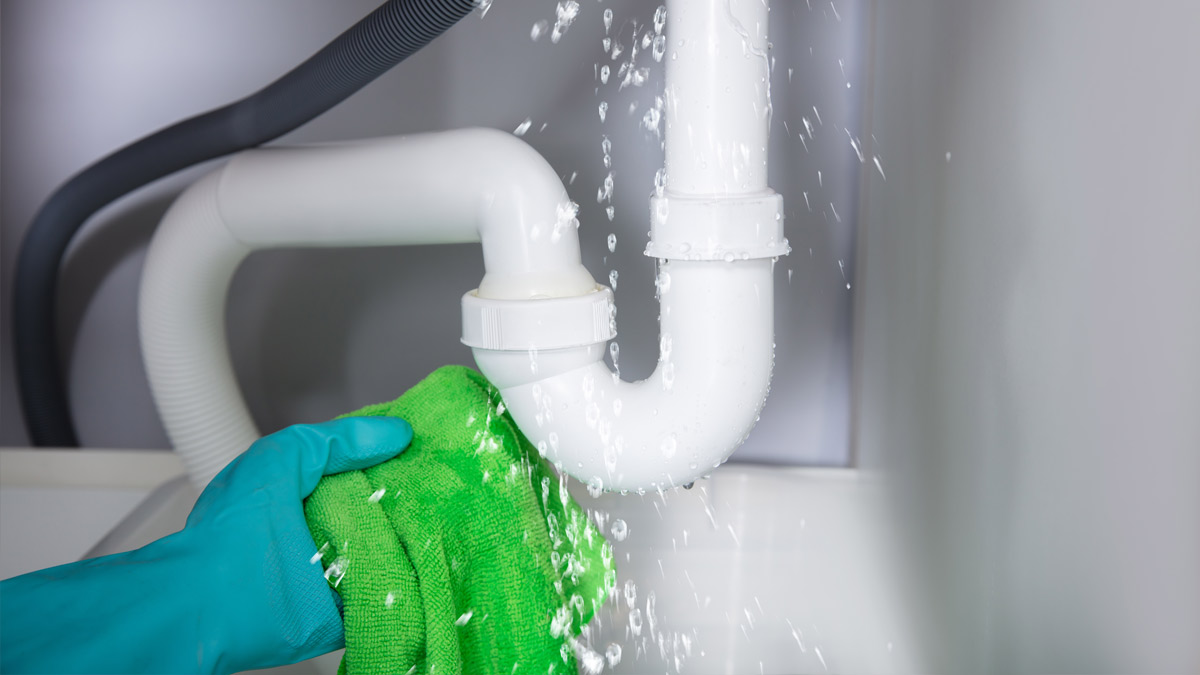
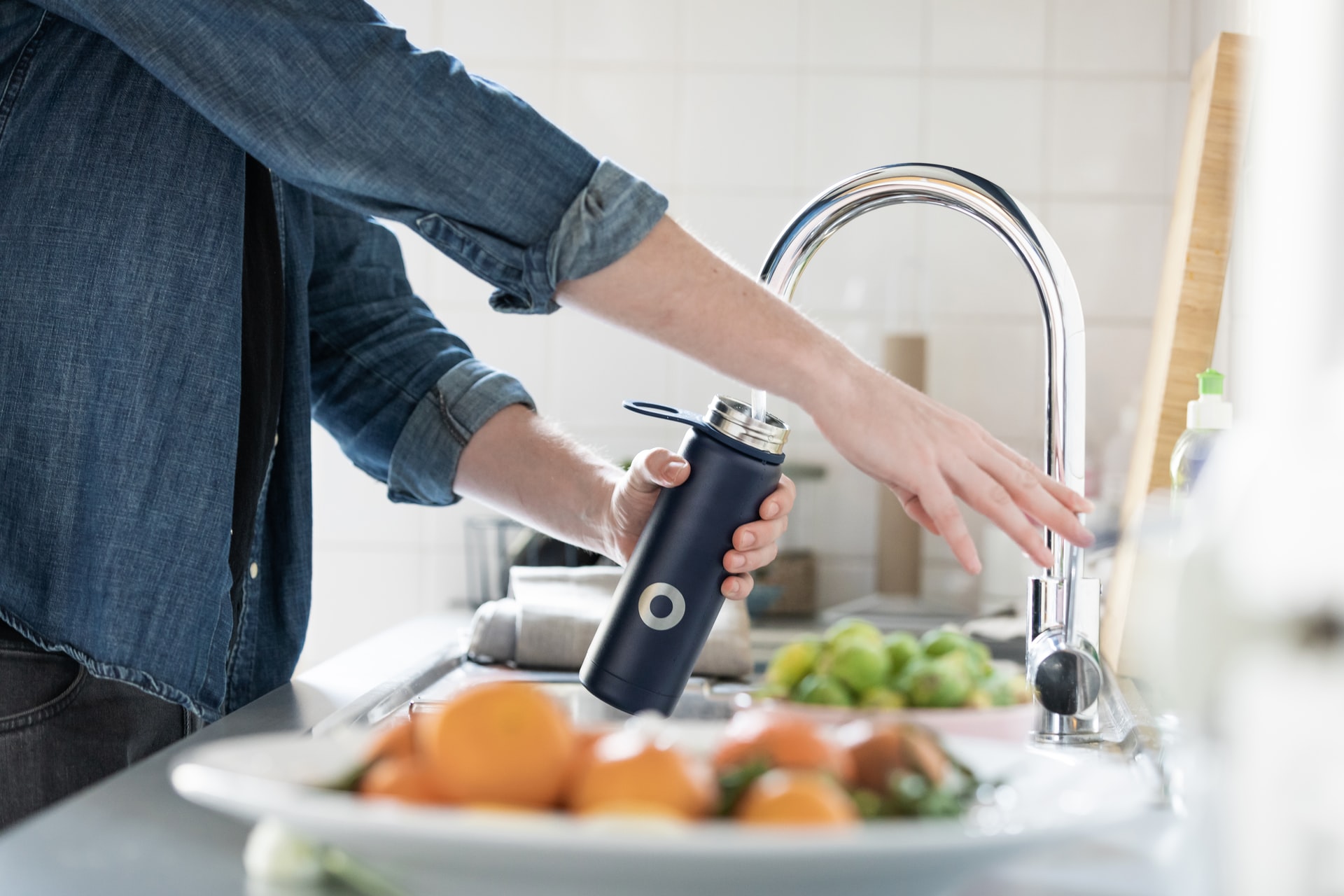













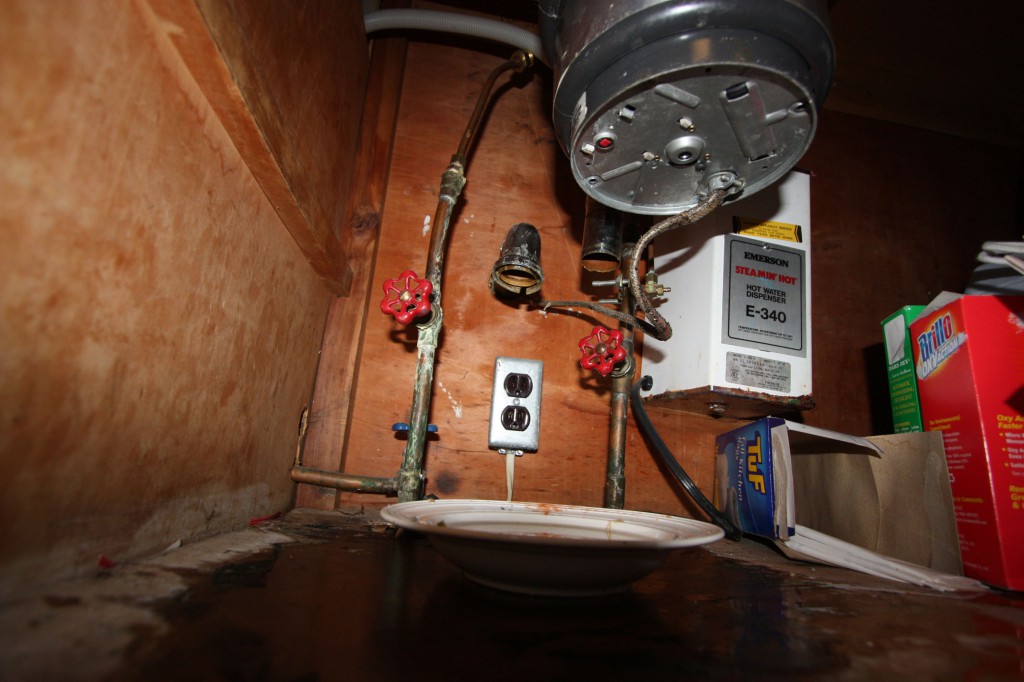


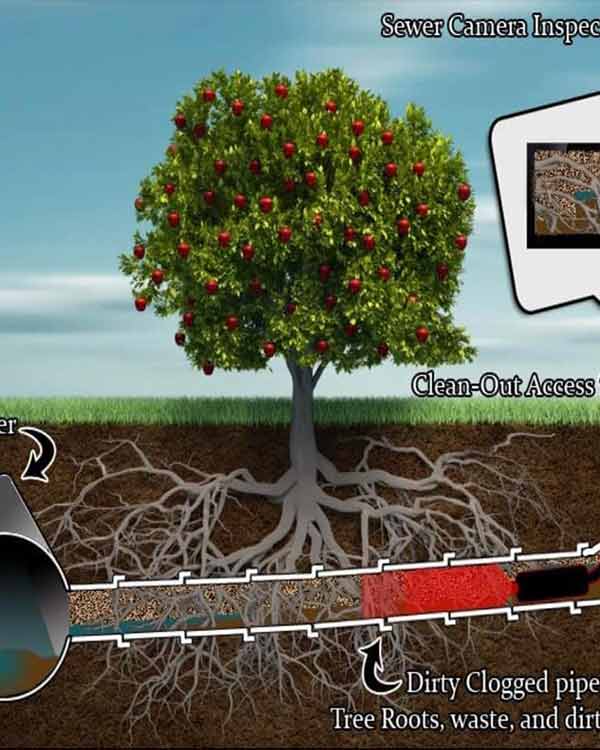



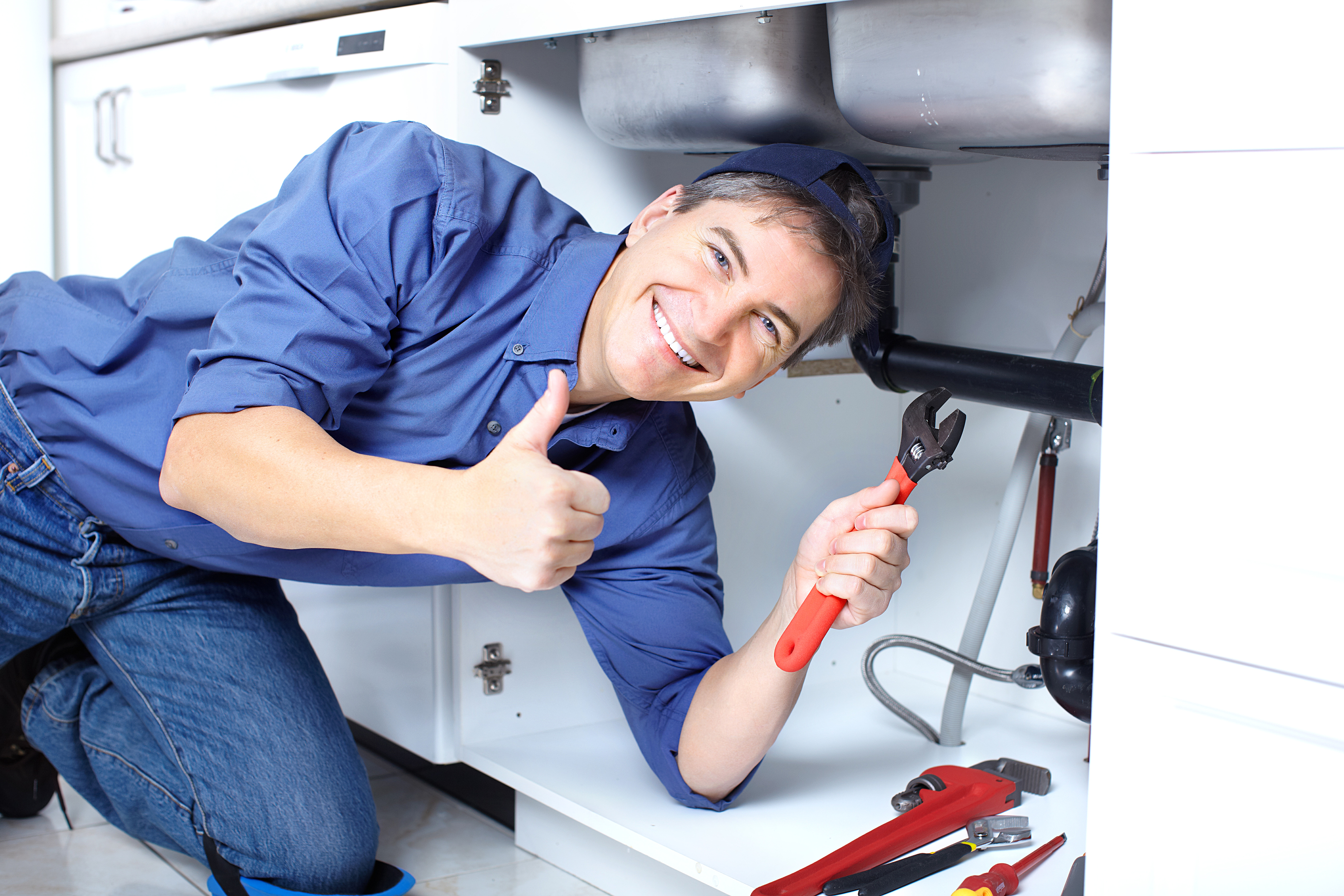

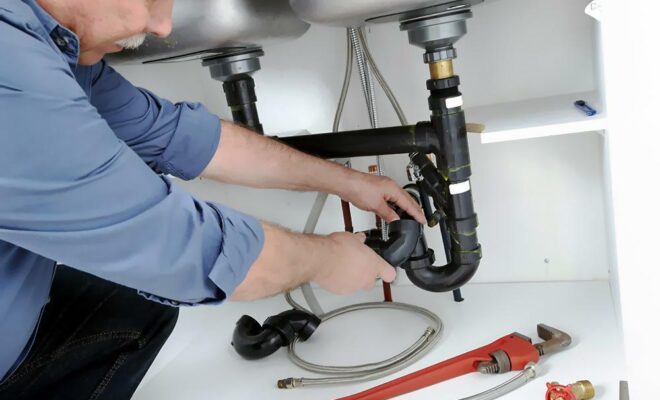


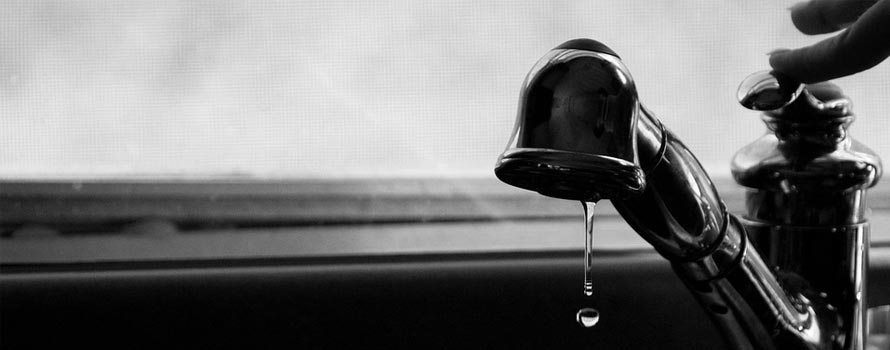
















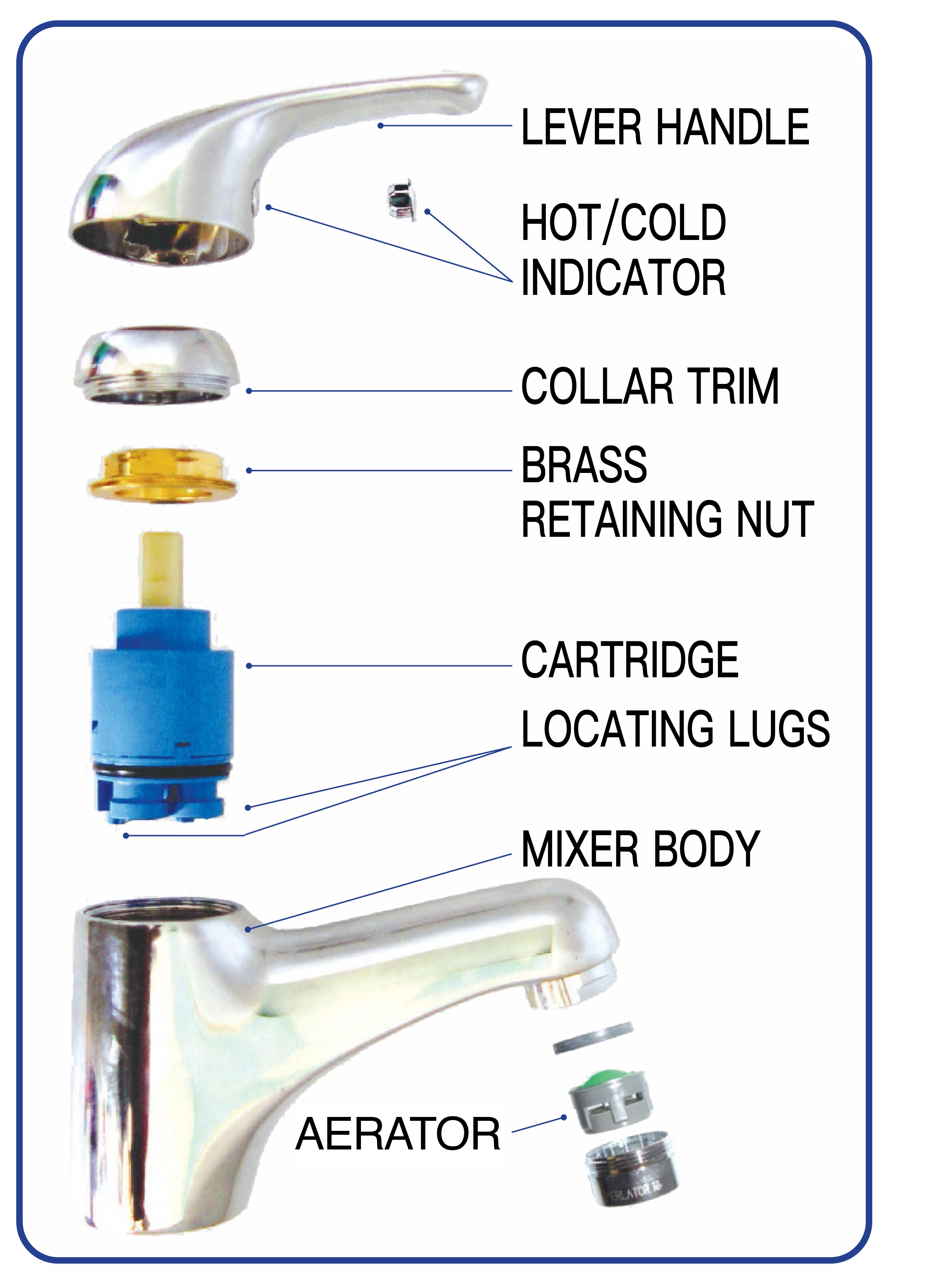




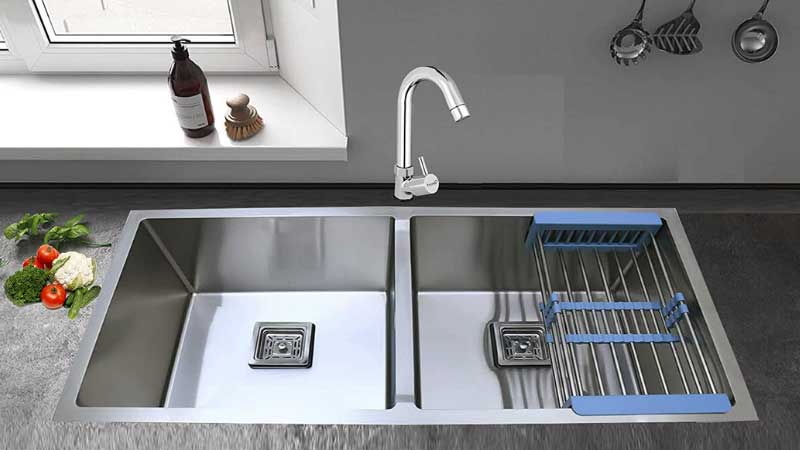



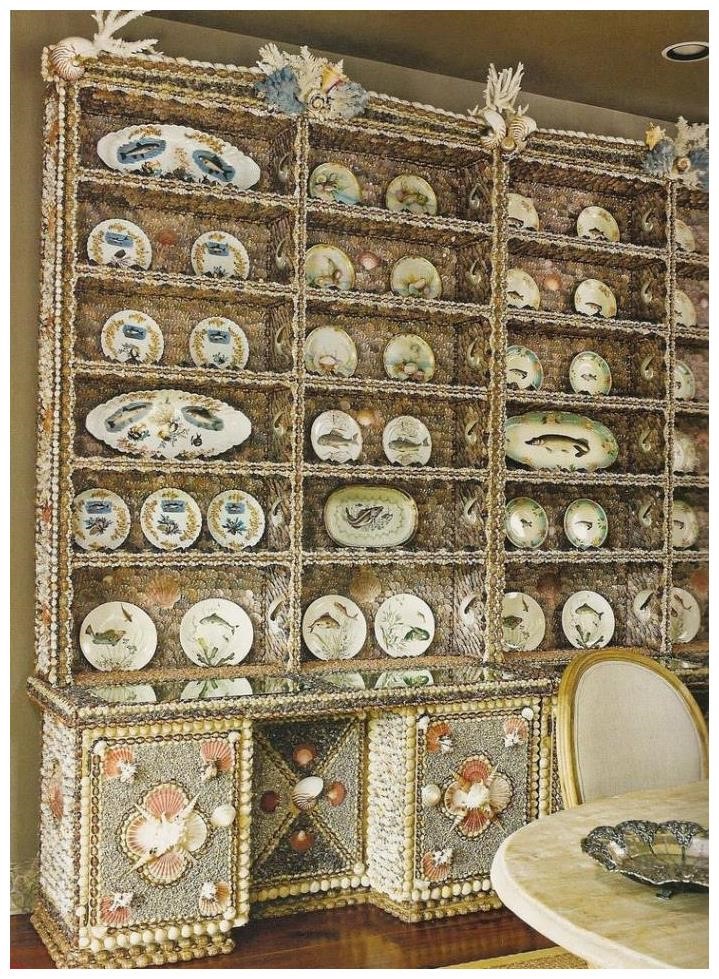
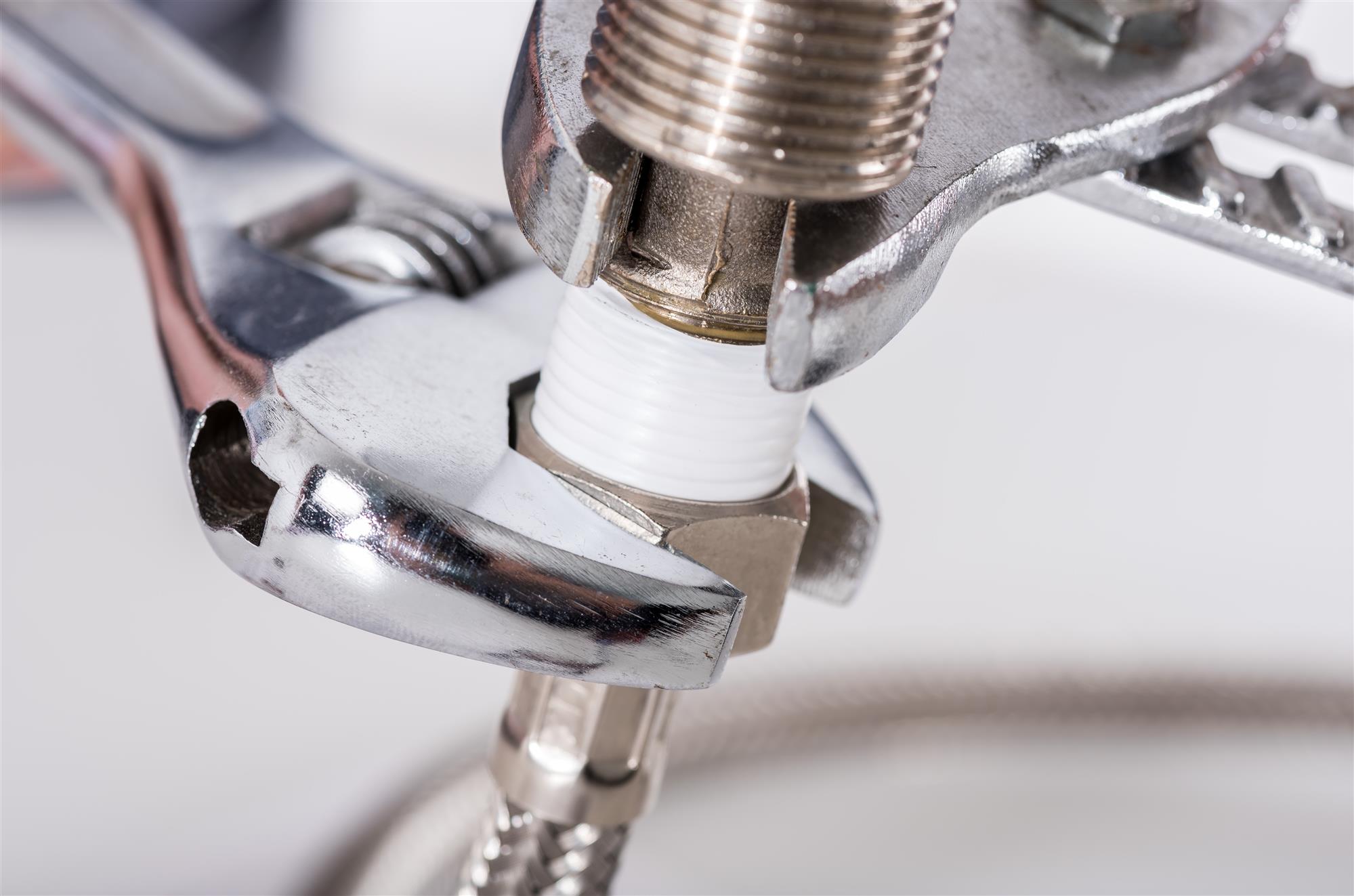
/plumbers-tape-5be200b8c9e77c0051219505.jpg)
